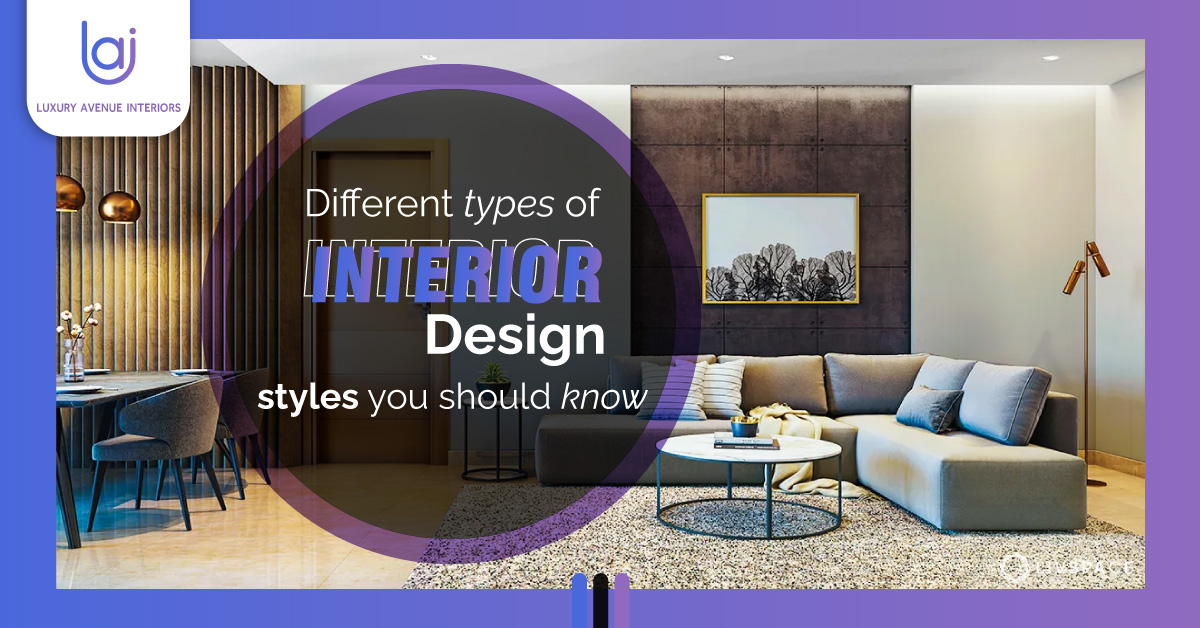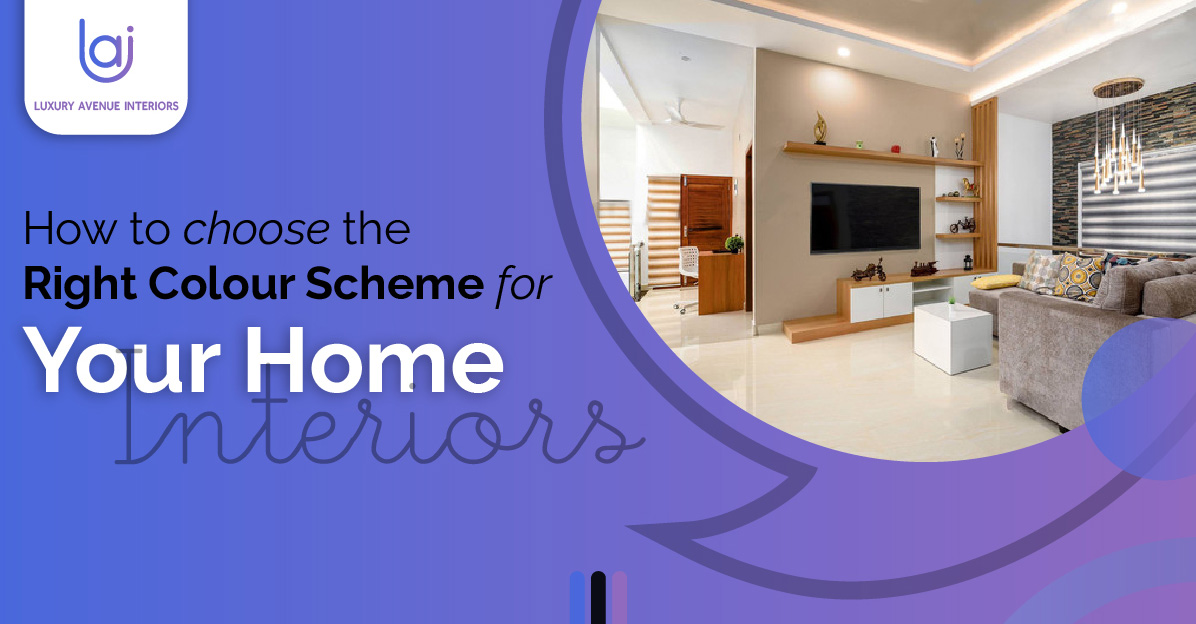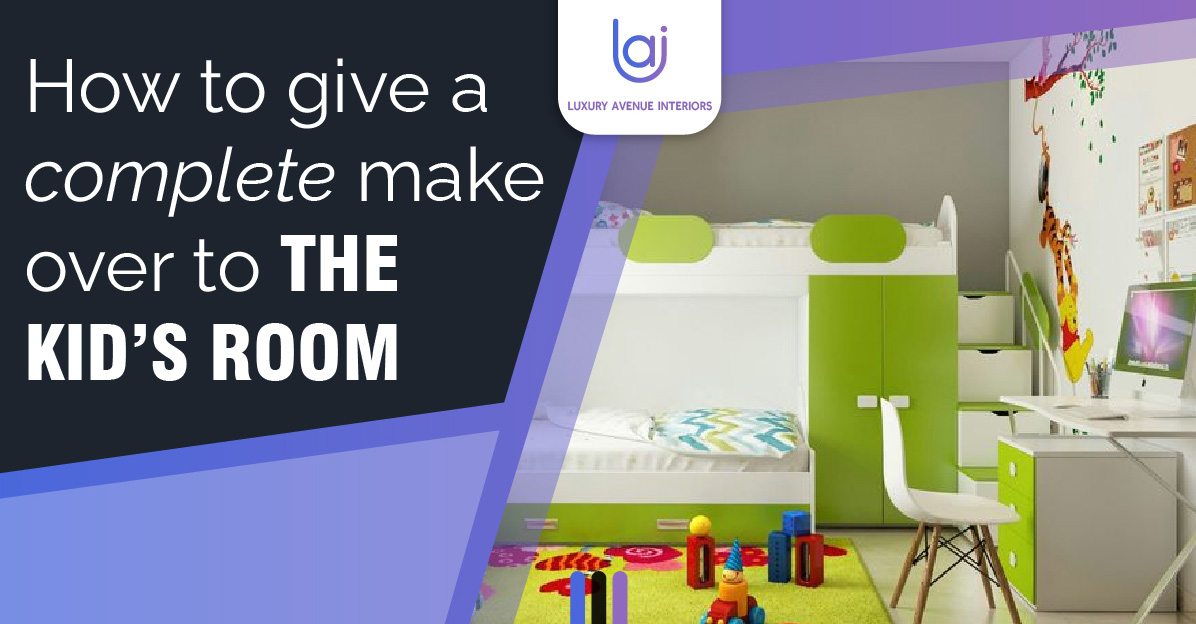Minimalism is a design style that embraces simplicity, functionality, and clean lines. Minimal elements, a limited colour palette, and an emphasis on negative space characterize it. If you want to give your home a minimalist look, interior design can play a crucial role in achieving this aesthetic.
- Keep It Simple: Minimalism is all about simplicity and functionality. Avoid clutter and unnecessary ornamentation in your space. Choose furniture and decor items that have clean lines and simple shapes. Keep the design minimal, with only essential elements that serve a purpose. Avoid overly decorative or fussy items that can disrupt the minimalist aesthetic.
- Embrace Negative Space: Negative space, also known as empty or white space, is an essential element in minimalist design. It is the area that surrounds and highlights the objects in space. Embrace negative space by keeping your layout and arrangement simple and uncluttered. Leave empty walls, open spaces, and breathing room around furniture and decor items to create a sense of calm and balance.
- Choose Functional Furniture: Minimalist design prioritizes functionality over excessive ornamentation. Choose furniture that serves a purpose and has a practical design. Opt for furniture with simple lines, minimal detailing, and a streamlined appearance. Avoid heavy, ornate furniture that can make the space crowded and busy.
- Declutter and Organize: Clutter is the enemy of minimalism. Keep your space clean, organized, and clutter-free. Remove unnecessary items and keep only what you truly need and use. Invest in innovative storage solutions, such as hidden cabinets, shelves, and built-in storage, to keep your belongings out of sight and maintain a minimalist look.
- Use Minimalist Decor: The decor you choose plays a significant role in achieving a minimalist look. Stick to a minimalistic approach when it comes to decor items. Choose a few statement pieces with a clean and simple design, and avoid overcrowding the space with too many accessories. Consider using natural materials like wood, glass, and metal, as they often align with minimalist design principles.
- Pay Attention to Details: In minimalist design, every detail matters. Pay close attention to the details of your space, such as the finishes, textures, and materials. Choose simple, high-quality finishes, such as smooth and matte surfaces, to create a refined and minimalist look.
- Keep It Balanced: Balance is crucial in minimalist design. Achieve balance in your space by carefully arranging furniture and decor items. Avoid overcrowding one area and leaving other areas empty.
- Be Mindful of Scale: Scale plays a significant role in minimalist design. Choose furniture and decor items that are proportionate to the size of your space. Avoid oversized or undersized pieces that can disrupt the balance and flow. Create a Focal Point: A minimalist space can still have a focal point that draws attention and adds visual interest. Choose one area or element in the room to be the focal point, such as a statement piece of furniture, artwork, or a unique lighting fixture.
- Incorporate Natural Elements: Minimalist design often embraces the beauty of natural elements. Consider incorporating natural materials, such as wood, stone, or plants, into your design to add warmth, texture, and a sense of grounding. Plants can also add a touch of freshness and bring life into a minimalist space.
- Use Geometric Shapes: Geometric shapes can add a modern and minimalist touch to your design. Consider using geometric patterns or shapes in your furniture, decor items, or the room’s architecture. Whether it’s a geometric rug, a hexagonal mirror, or a triangular shelf, incorporating geometric shapes can add visual interest without compromising the minimalist aesthetic.
- Keep Technology Minimal: Technology is an integral part of our lives in today’s digital age. However, it’s essential to keep Technology minimal and concealed as much as possible in a minimalist space.
- Pay attention to the Flooring: The flooring of a room can dramatically impact its overall aesthetic. In a minimalist design, opt for simple and clean flooring options, such as hardwood or laminate in a light or neutral colour. Avoid busy patterns or heavy textures that can disrupt the minimalist look. A sleek, straightforward flooring choice can complement the minimalist design and create a cohesive look.
- Keep the Walls Simple: Minimalist design often involves simple and unadorned walls. Opt for a fresh coat of paint in a neutral colour, such as white or light grey, to create a clean and crisp look. Avoid excessive decor or busy wall patterns that detract from the minimalist aesthetic.
With the right combination of furniture, decor, and colour scheme, you can create a beautiful and functional minimalist home that reflects your style and makes you feel relaxed and at ease. Remember to focus on simplicity, balance, and quality; you’ll be well on your way to achieving the perfect minimalist interior design.


